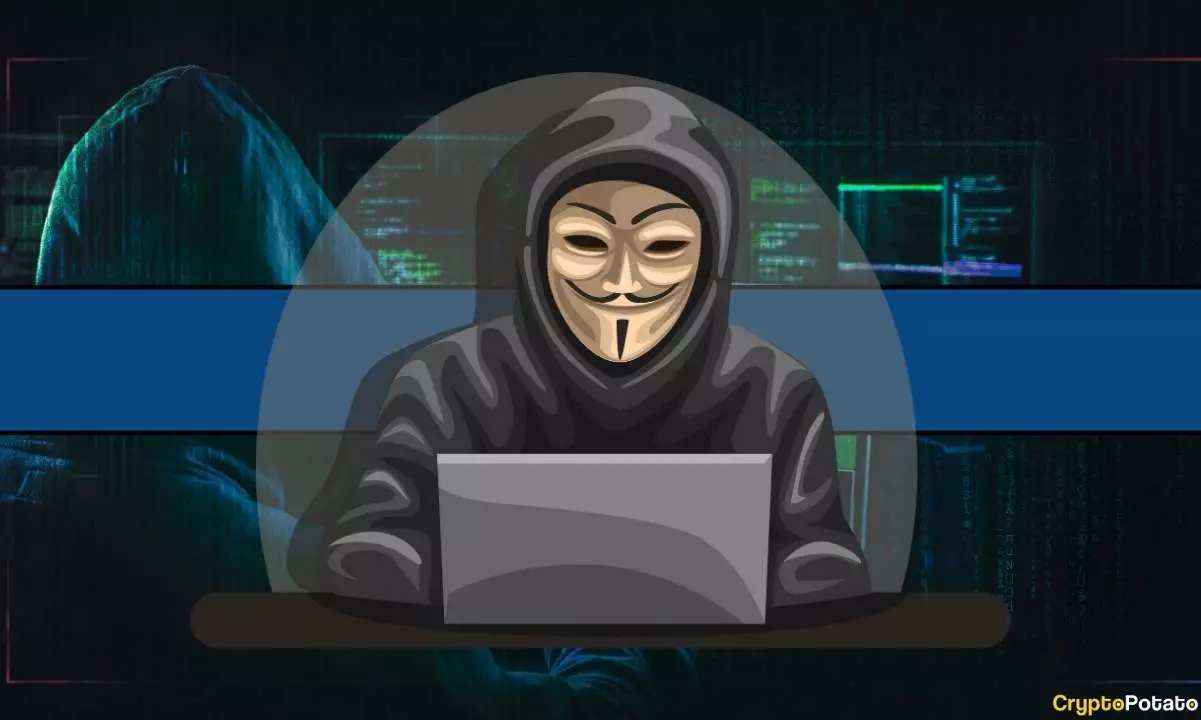In the ever-evolving landscape of decentralized finance (DeFi), the recent hack of the Resupply protocol serves as a formidable wake-up call. With a staggering $9.5 million stolen due to a sophisticated exploit, it raises urgent questions about security practices within the industry. Backed by established names such as Convex Finance and Yearn Finance, Resupply’s vulnerability showcases the perilous combination of decentralized finance, low liquidity, and the unchecked creativity of cybercriminals. What happened here isn’t just a loss of funds; it’s a significant loss of trust in the DeFi framework.
As the DeFi ecosystem burgeons, so do the methods of those who seek to exploit its weaknesses. Blockchain security firms like CertiK and BlockSec Phalcon provided crucial insights into the breach, revealing that the attack exploited age-old strategies of exchange rate manipulation in markets thin on liquidity. The exploit involved the introduction of an artificially inflated price for the cvcrvUSD token, leading to catastrophic consequences for Resupply. It is these types of manipulations that challenge the very foundations of trust required to make decentralized finance a feasible alternative to traditional banking systems.
The Complexity of the Exploit: A Learning Moment
Breaking down the mechanics of this exploit is crucial for understanding the vulnerabilities inherent in the DeFi space. The attacker took advantage of a flash loan mechanism—borrowing a mere $4,000 USDC to kick off the process. They triggered an exchange rate calculation that accidentally rounded down to zero because the system relied on floor division. This error was as subtle as it was catastrophic, allowing the perpetrator to borrow nearly $10 million of reUSD tokens with minimal collateral. Such a bold maneuver signals the need for a reevaluation of how smart contracts are audited and the depth of tests they undergo.
The repercussions go beyond mere dollars and cents. Such incidents hinder the rapid growth of DeFi as they strike fear into both developers and investors. While Resupply paused its affected market, it also faced the daunting task of ensuring other operations remained unaffected. How can new projects, especially those emerging in this landscape, assure users that similar exploits won’t unfold in their backyard? This incident magnifies every investor’s worst nightmare: the increasing sophistication of attackers within a framework that prides itself on transparency and security.
A Broader Trend: Not Just a One-Off Incident
This attack isn’t an isolated case; rather, it’s symptomatic of a larger trend within the DeFi space where bad actors are continuously honing their methods. Consider the recent hacks, like the $49 million breach at Nobitex attributed to the pro-Israel hacker group “Gonjeshke Darande.” The events are intertwined, painting a grim picture of an industry plagued with risk. Even historically trusted platforms are not shielded from such assaults, evidenced by recent phishing attempts targeting reputable sites like CoinMarketCap and Cointelegraph.
Those at the helm of this burgeoning arena must acknowledge that if trust erodes, so does the potential of DeFi as an innovative financial solution. As much as it offers a decentralized alternative to traditional finance, the fragility exposed by incidents like the Resupply hack suggests that without stringent security measures, the promise of DeFi could transform into a perilous gamble.
Navigating the Future: A Call for Vigilance and Reform
The takeaway from the Resupply debacle is clear: vigilance and ongoing reform in security best practices must be prioritized. This involves not just enhancing the internal architecture of protocols but also reevaluating the overall ethos within the community. Are we willing to compromise the very principles of decentralization and innovation, or are we ready to coalesce around initiatives that prioritize security without stifling creativity?
As a proponent of center-right liberalism, I find myself gripping this dilemma. While I champion innovation and risk-tolerance, I remain steadfast in advocating for the protection of investors and the sanctity of the market. Without substantive changes post-hack, skeptics will burgeon, and the potential of DeFi could be reduced to a distant dream marked by headlines of failures and losses.
We stand at a crossroads where the lesson of the Resupply exploit becomes a poignant reminder that as we embrace the future of finance, we must also commit unwaveringly to safeguarding that future.


Leave a Reply